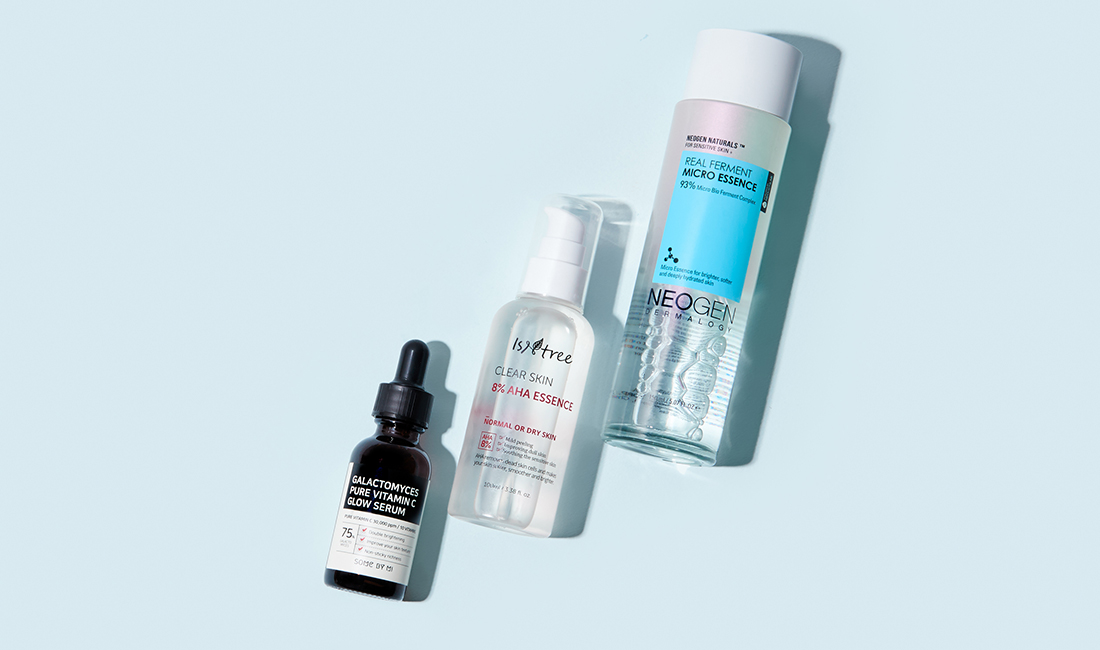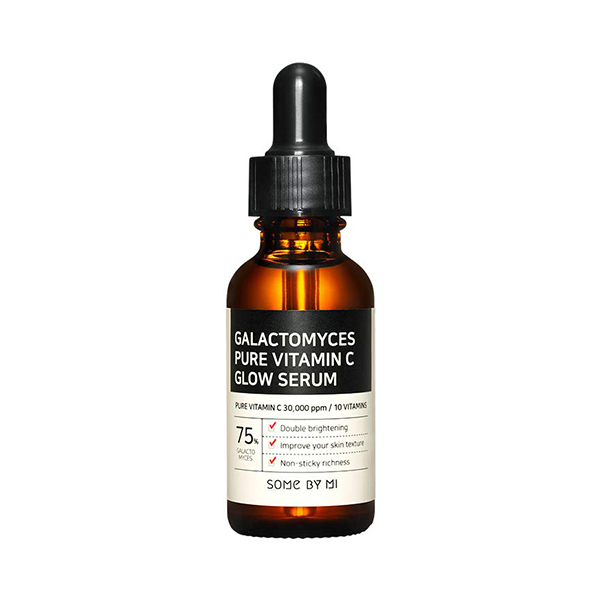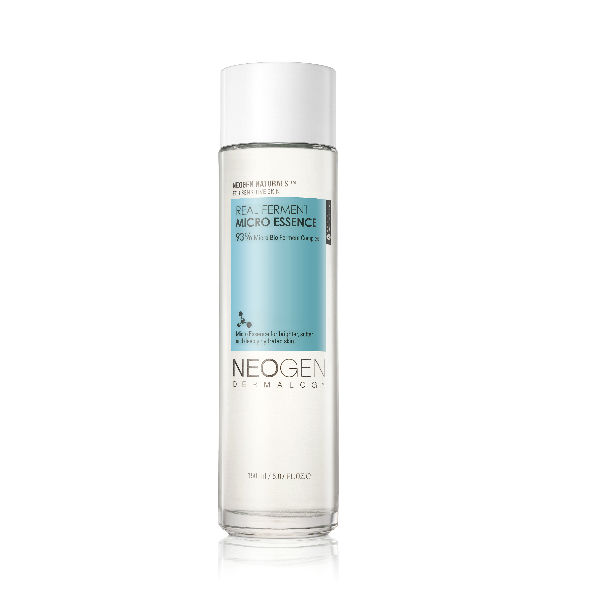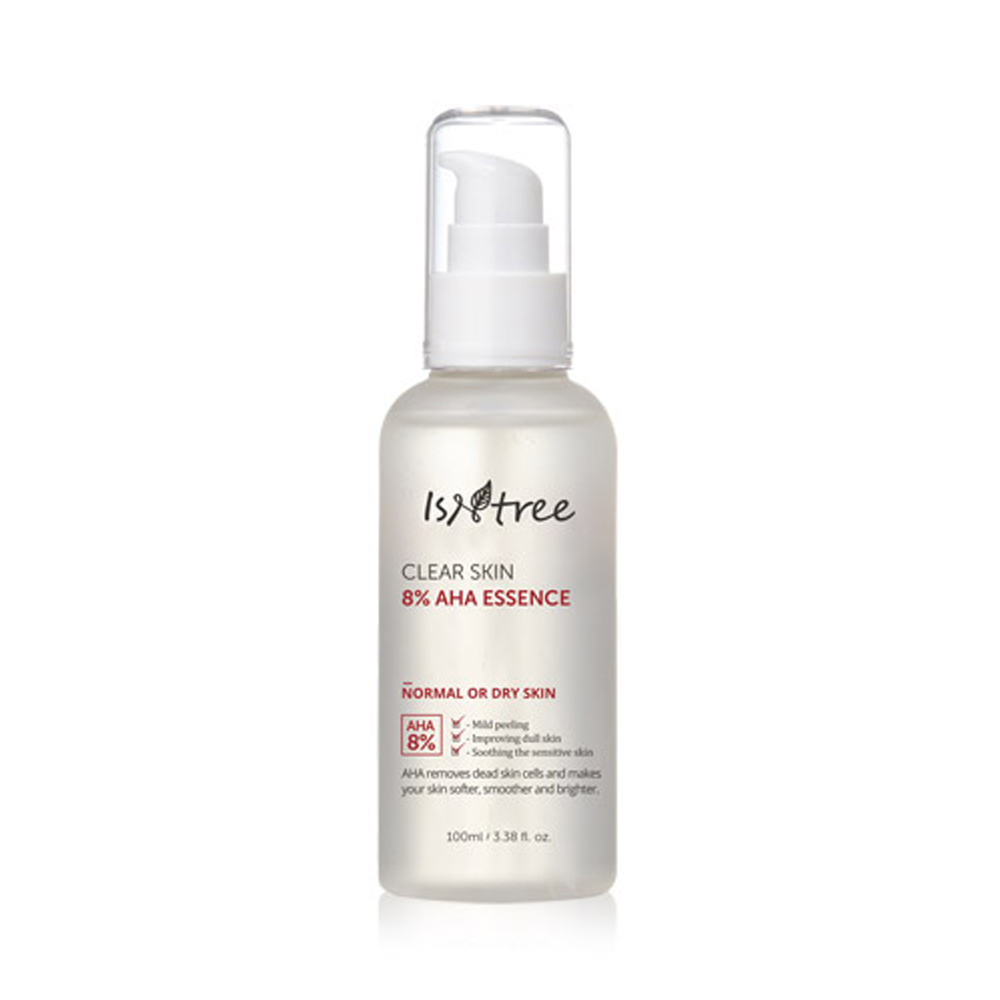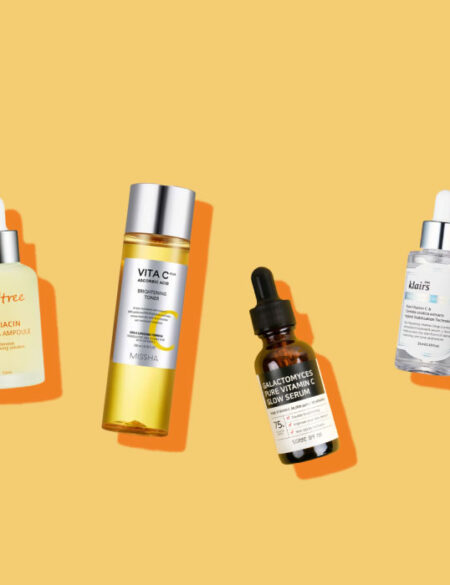Whether you have fair or dark skin, or something in between, here’s our guide to the best solutions for the form of hyperpigmentation that’s affecting you.
It can be frustrating to deal with acne itself, and then to make things worse, the aftermath can leave you with brown or red scars that take forever to go away. The way we deal with marks and acne overall is typically the same for all skin tones, but for hyperpigmentation, certain types of scarring affect certain skin tones more than others.
So, when we talk about acne scars and lump them all together under one umbrella this makes treatment difficult since there are several different types. Below, we break down the different types of hyperpigmentation, who they affect, and the best ways to treat them.
First, what is hyperpigmentation?
Hyperpigmentation usually refers to any type of dark mark or uneven skin tone. It’s also commonly associated with acne lesions since they tend to leave marks behind, but pigmentation can also describe conditions like melasma or sunspots.
Pigmentation can be frustratingly hard to get rid of. For best results, it’s important to determine which type of pigmentation you have. While it is true that certain types of pigmentation affect particular skin tones more, you can also suffer from one or more of these types at the same time or at different times.
Post Inflammatory Erythema: Lighter Skin Tones
Post inflammatory erythema is a relatively new term in the dermatology world that is described as red or pink spots that result from experiencing acne or any type of inflammatory trauma to the skin. Lighter skin tones are more prone to this type of hyperpigmentation. One way to test and see if you have post-inflammatory erythema is by pressing your skin, and if the mark disappears, it’s likely you’re suffering from PIE. If the mark doesn’t disappear, you’re probably dealing with post inflammatory hyperpigmentation (we’ll get to that later).
Since this is a newer term that’s being introduced to the dermatological vocabulary, it’s safe to say that there’s not enough solid research to determine the best ways to treat post inflammatory erythema. It’s generally thought to be a condition that’s caused by picking or popping a pimple, which damages capillaries underneath skin and results in red spots.
Much like other forms of hyperpigmentation, these tend to go away on their own but can take quite a lot of time to do so. A known effective way to get rid of these red spots is via laser, particularly lasers that target and disperse the broken capillaries beneath the skin. It’s similar to the methods used to target redness caused in those with rosacea.
While lasers are the most effective form of treatment for this type of scarring, ingredients that brighten (like niacinamide and vitamin C) and speed up cell turnover (like AHAs), as well as those that are anti-inflammatory (like green tea), can help minimize the spots.
The Some By Mi Galactomyces Pure Vitamin C Glow Serum contains 3% pure vitamin C, plus 75% fermented ingredients that help brighten, hydrate, and target acne. We also love the Neogen Bio-Peel Gauze Peeling Green Tea pads for treating PIE since they contain green tea and chemical exfoliants glycolic and lactic acids.
It’s also important to avoid harsh, irritating products and instead use formulas that hydrate and protect the skin’s moisture barrier, like a nourishing essence. The Neogen Micro Ferment Essence has the added benefit of brightening. Seal it all in with a nourishing cream that also helps to increase healing while brightening the skin, like the SKINRx Lab Madecera Cream. This cream contains soothing madecassoside and niacinamide.
Sun Spots and Melasma: Light to Medium Skin Tones
Dr. Neil Sadick, a dermatologist in New York City, explains that “sunspots are more visible in Asian and Caucasian skin and melasma, and commonly affects Hispanic and South East Asian individuals.” Sunspots are also known as solar lentigo. “They’re patches of darkened skin, typically in areas of the body that are more exposed to UV like the face, hands and legs” says Dr. Sadick.
Melasma, on the other hand, are brown patches and splotchiness caused by overexposure to the sun without proper UV protection. Melasma is a bit more complicated than sunspots since birth control, pregnancy or any general change in hormones can also be a cause. These spots are caused by an overproduction of melanin which means that they are best treated with products that work to break down the pigment within the cells.
For melasma, you should stick with brightening ingredients like vitamin C and niacinamide, which target and inhibit or prevent the overproduction of melanin. A combination of the Good (Skin) Days™ C’s The Day Serum (which contains 10% pure vitamin C) and the Klairs Freshly Juiced Vitamin E Mask creates an enhanced spot treatment that has double the brightening power. This is because vitamin E increases the effectiveness of the vitamin C, so it can intensely target the spots and the pigments that produce them.
Despite the effectiveness of these ingredients, the most important form of treatment against sun spots and melasma is the regular use of sunscreen! Make sure to use SPF every day in order to prevent the formation of new spots and prevent the darkening of the previous ones.
Post Inflammatory Hyperpigmentation: Medium to Dark Skin Tones
Dr. Sadick tells us that “post inflammatory pigmentation is a temporary condition that typically occurs after thermal burns (for example, after laser treatments) or after inflammatory lesions in the skin (acne).” These can be described as brown, not red spots, that are left behind post-acne. They are more common in medium to dark skin tones as they’re associated with the overproduction of melanin and darker skin tones have overactive melanocytes.
These are completely different from PIE since those are caused by broken capillaries beneath the skin. These are caused by overactive melanin production so you wouldn’t treat these the same as you would the other.
For post-inflammatory hyperpigmentation, the most effective forms of treatment are products that inhibit melanin production or those that prevent the transfer of that pigment, therefore decreasing your skin’s ability to create PIH. There are several products that do this. For example, vitamin C, hydroquinone, kojic acid, arbutin and licorice extract work by inhibiting tyrosinase, an enzyme that’s important for the development of skin melanin and essentially decreases the pigment production.
Other ingredients, like niacinamide, slow down the transfer of melanin to the cells and therefore effectively help to stop the scars before they can appear on the skin. You might have read frequently about other ingredients, like AHAs and BHAs, for treating acne scars. These are just as effective since they speed up cell turnover to reveal smoother, brighter cells that take over the pigmented ones that are on the surface of your skin. If you want to target this type of pigmentation effectively, you’ll want to choose products that contain these types of ingredients in them.
The Neogen Real Vita C Powder Lemon contains 17% pure vitamin C and is best mixed with a toner like the Acwell Licorice pH Balancing Cleansing Toner.
Another effective product to try is the Isntree Clear Skin 8% AHA Essence, which contains 4% of glycolic acid and 4% lactic acid to gentle yet effectively boost cell turnover.


